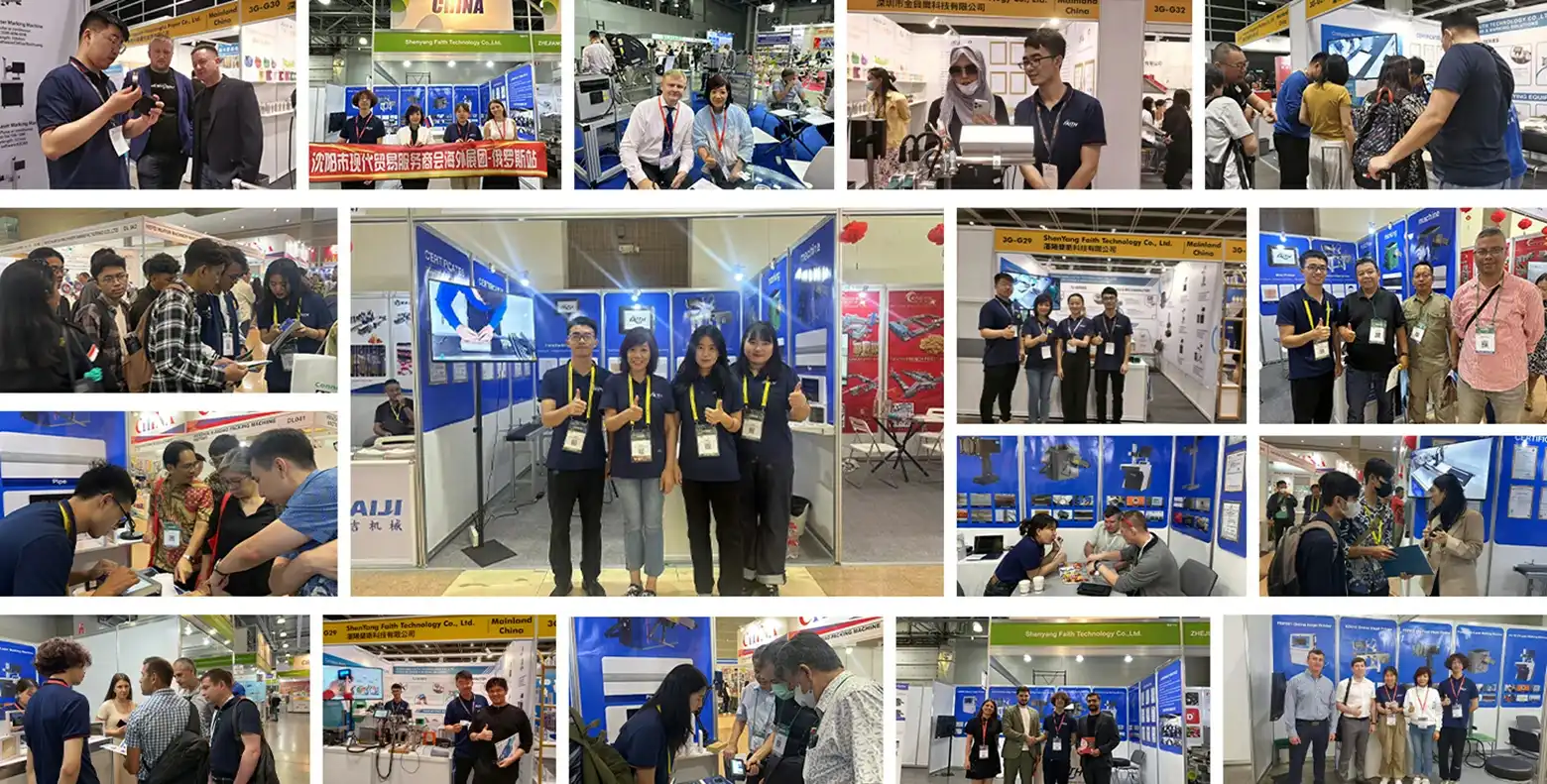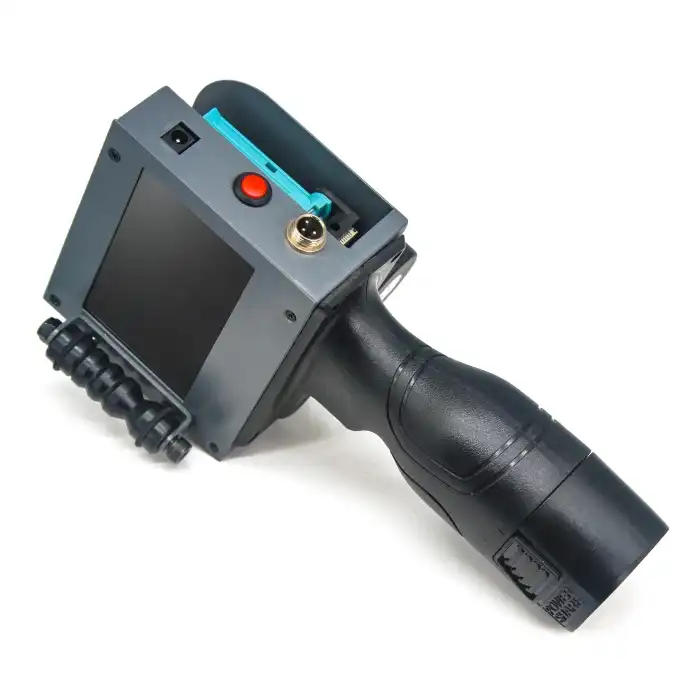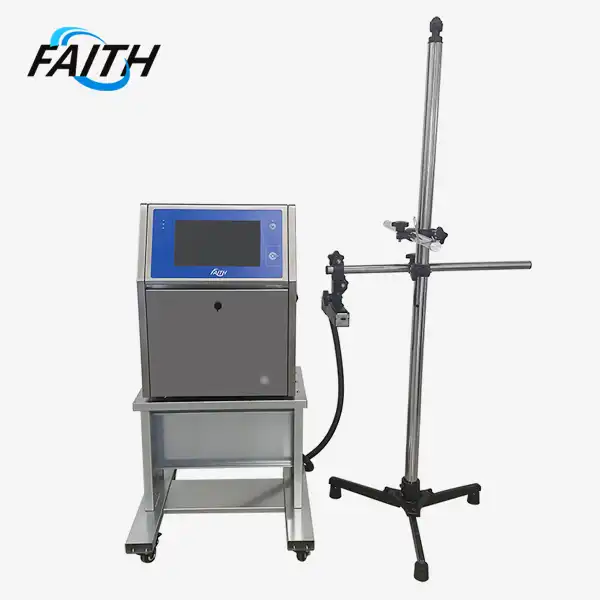How does piezo technology work?
Piezo technology, the driving force behind piezo-inkjet printers, operates on the fascinating principle of piezoelectricity. This process involves using specialized crystals to convert mechanical energy into electrical energy, or vice versa. At its core, piezoelectricity relies on the unique properties of certain materials that can generate an electric charge in response to applied mechanical stress. In piezo-inkjet-printers, this technology is harnessed to create precise, high-quality prints by controlling the ejection of ink droplets with exceptional accuracy. The piezoelectric crystals in these printers deform when an electric current is applied, causing rapid changes in pressure that force ink through tiny nozzles onto the printing surface.
The Fundamentals of Piezoelectric Technology
Understanding Piezoelectric Materials
Piezoelectric materials are the cornerstone of piezo technology. These unique substances possess a crystalline structure characterized by their organized and repeating arrangement of atoms, held together by chemical bonds. This structure, known as a unit cell, is crucial to the piezoelectric effect. Common piezoelectric materials include quartz, lead zirconate titanate (PZT), and barium titanate.
When mechanical stress is applied to these materials, it disrupts the balance of positive and negative charges within the crystal lattice. This displacement of charges results in the generation of an electric field, effectively converting mechanical energy into electrical energy. Conversely, when an electric field is applied to a piezoelectric material, it causes a physical deformation of the crystal structure, transforming electrical energy into mechanical motion.
The Piezoelectric Effect in Action
The piezoelectric effect is bidirectional, meaning it works in two ways:
- Direct Piezoelectric Effect: When mechanical stress is applied to the piezoelectric material, it generates an electric charge.
- Inverse Piezoelectric Effect: When an electric field is applied to the material, it causes mechanical deformation.
This bidirectional nature of piezoelectricity makes it incredibly versatile, allowing for applications in various fields, including inkjet printing technology.
Piezo Technology in Inkjet Printing
The Mechanics of Piezo-Inkjet Printers
Piezo-inkjet-printers leverage the inverse piezoelectric effect to achieve precise control over ink droplet formation and ejection. Here's how it works:
- Ink Chamber Design: The printhead contains multiple tiny chambers, each filled with ink and equipped with a piezoelectric crystal.
- Electrical Stimulation: When printing is initiated, an electric current is applied to the piezoelectric crystal.
- Crystal Deformation: The crystal responds to the electrical stimulation by changing shape, either contracting or expanding.
- Pressure Wave Generation: This deformation creates a pressure wave within the ink chamber.
- Ink Ejection: The pressure wave forces a precisely controlled amount of ink through the nozzle and onto the printing surface.
- Droplet Formation: The ink forms a tiny droplet as it leaves the nozzle, with its size and shape determined by the magnitude and duration of the electric pulse.
Advantages of Piezo-Inkjet Technology
Piezo-inkjet-printers offer several advantages over traditional inkjet technologies:
- Precision: The ability to finely control the piezoelectric crystal's deformation allows for extremely precise droplet formation and placement.
- Versatility: Piezo technology can handle a wide range of ink types, including those that are heat-sensitive or highly viscous.
- Durability: Since piezo printheads don't rely on heat, they tend to have a longer lifespan compared to thermal inkjet printheads.
- Consistency: Piezo technology maintains consistent droplet size and shape throughout the printing process, ensuring high-quality output.
- Energy Efficiency: Piezo printheads require less energy to operate compared to thermal inkjet systems.
Innovations in Piezo-Inkjet Printing Technology
Advancements in Printhead Design
Recent innovations in piezo inkjet printer technology have focused on enhancing printhead design to improve performance and versatility. Some notable advancements include:
- Multi-layer Actuators: By using multiple layers of piezoelectric material, manufacturers can achieve greater precision and control over droplet formation.
- Micro-Electromechanical Systems (MEMS): Integration of MEMS technology allows for even smaller and more densely packed nozzles, resulting in higher resolution prints.
- Variable Droplet Technology: Advanced piezo printheads can produce droplets of different sizes on-demand, allowing for improved detail and smoother gradients in printed images.
Expanding Applications of Piezo-Inkjet Technology
The versatility of piezo-inkjet technology has led to its adoption in various industries beyond traditional document printing. Some emerging applications include:
- 3D Printing: Piezo-inkjet technology is being used to deposit materials layer by layer in additive manufacturing processes.
- Bioprinting: The precise control offered by piezo printheads makes them suitable for depositing living cells and biomaterials in tissue engineering applications.
- Electronics Manufacturing: Piezo-inkjet-printers are used to deposit conductive inks for printed electronics and circuit boards.
- Industrial Marking and Coding: High-speed piezo-inkjet systems are employed for product labeling and traceability in manufacturing environments.
One notable example of innovation in piezo-inkjet technology is the faith PIJ Printer, which has made significant strides in industrial applications. This printer overcomes traditional limitations by enabling high-quality inkjet marking on a diverse range of materials, even in challenging environments with strong acids, alkalis, and solvents.
Its 360-degree adjustable printing angle, supporting side and bottom spraying, offers unparalleled flexibility. Additionally, the integrated database printing function allows for real-time inkjet printing without the need for external communication software, while still maintaining external communication interfaces for specialized requirements.
Conclusion
Piezo technology has revolutionized the world of inkjet printing, offering unparalleled precision, versatility, and quality. As innovations continue to push the boundaries of what's possible with piezoelectric materials, we can expect to see even more exciting applications emerge across various industries.
For those seeking cutting-edge industrial UV inkjet coding and traceability system solutions, Shenyang Faith Technology Co., Ltd. stands at the forefront of this technology. To learn more about how piezo-inkjet-printers can benefit your specific needs, don't hesitate to reach out to us at sale01@sy-faith.com.

References
1. Kang, H. R. (2018). Piezoelectric and Electrostatic Inkjet Technology. In Handbook of Digital Image Synthesis (pp. 675-712). CRC Press.
2. Wijshoff, H. (2010). The dynamics of the piezo inkjet printhead operation. Physics Reports, 491(4-5), 77-177.
3. Hoath, S. D. (Ed.). (2016). Fundamentals of Inkjet Printing: The Science of Inkjet and Droplets. John Wiley & Sons.
4. Zapka, W. (Ed.). (2017). Handbook of Industrial Inkjet Printing: A Full System Approach. John Wiley & Sons.
5. Hutchings, I. M., & Martin, G. D. (Eds.). (2012). Inkjet technology for digital fabrication. John Wiley & Sons.
Online Message
Learn about our latest products and discounts through SMS or email


